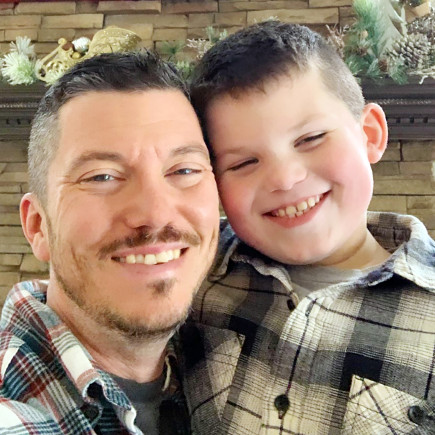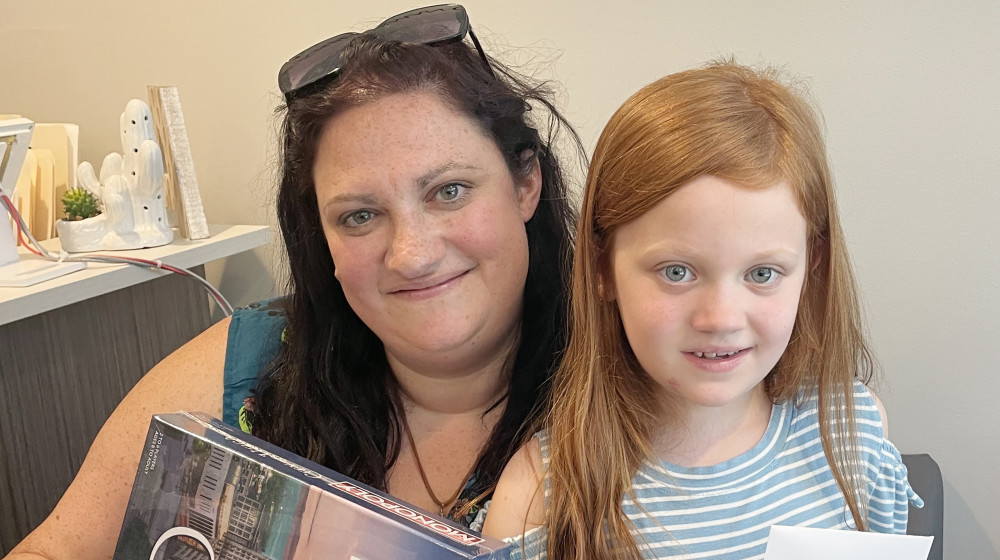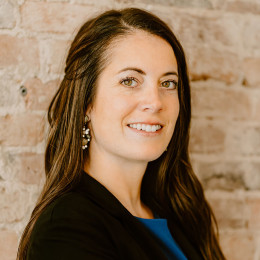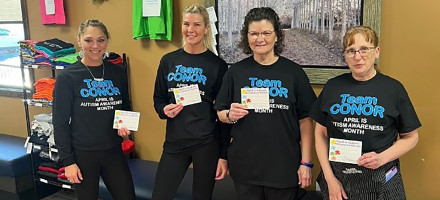- Family Connect
- Parent Support Group
Support Groups for Parents, Families & Caregivers
Our Parent Support Group aims to support, educate and empower parents, families and caregivers through open conversation, educational opportunities, and shared experiences.

Overview
At Kelberman, we offer a free, ongoing opportunity for parents, families and caregivers to come together through our Parent Support Group. Our Parent Support Group focuses on creating a supportive environment that:
- Eliminates isolation often experienced by parents, families and caregivers of loved ones with an Intellectual or Developmental disability
- Supports and empowers parents, families and caregivers
- Builds a safe and trusting community

Parent Support Group Meetings
Parent Support Group meetings occur weekly via zoom, covering a range of topics that shift monthly. Depending on the interests and needs of the group, topics may include: the basics of Autism Spectrum Disorder, managing behavior, social skills, emotional regulation, community resources, and advocacy. Each session begins with a structured training followed by group discussion.
Take a peek at our monthly calendar to keep an eye out for our next meeting. We hope to see you soon!

Parent Support Group Facebook Group
Parents are also invited to take part in our private Facebook page, which integrates a range of resources, recent trainings, and ongoing communication among group members. Weekly group zoom calls are also an option, which generally involve a presentation related to the topic of the month followed by group discussion.
Please Contact Us to Get Started

Wendt
The Parent Support Group serves as a source of support, encouragement and advice for parents and caregivers. Our goal is inspire and guide parents and caregivers no matter where their are in their journey.

